Top 5 Problems Plant Parents face with Red Emerald Philodendron
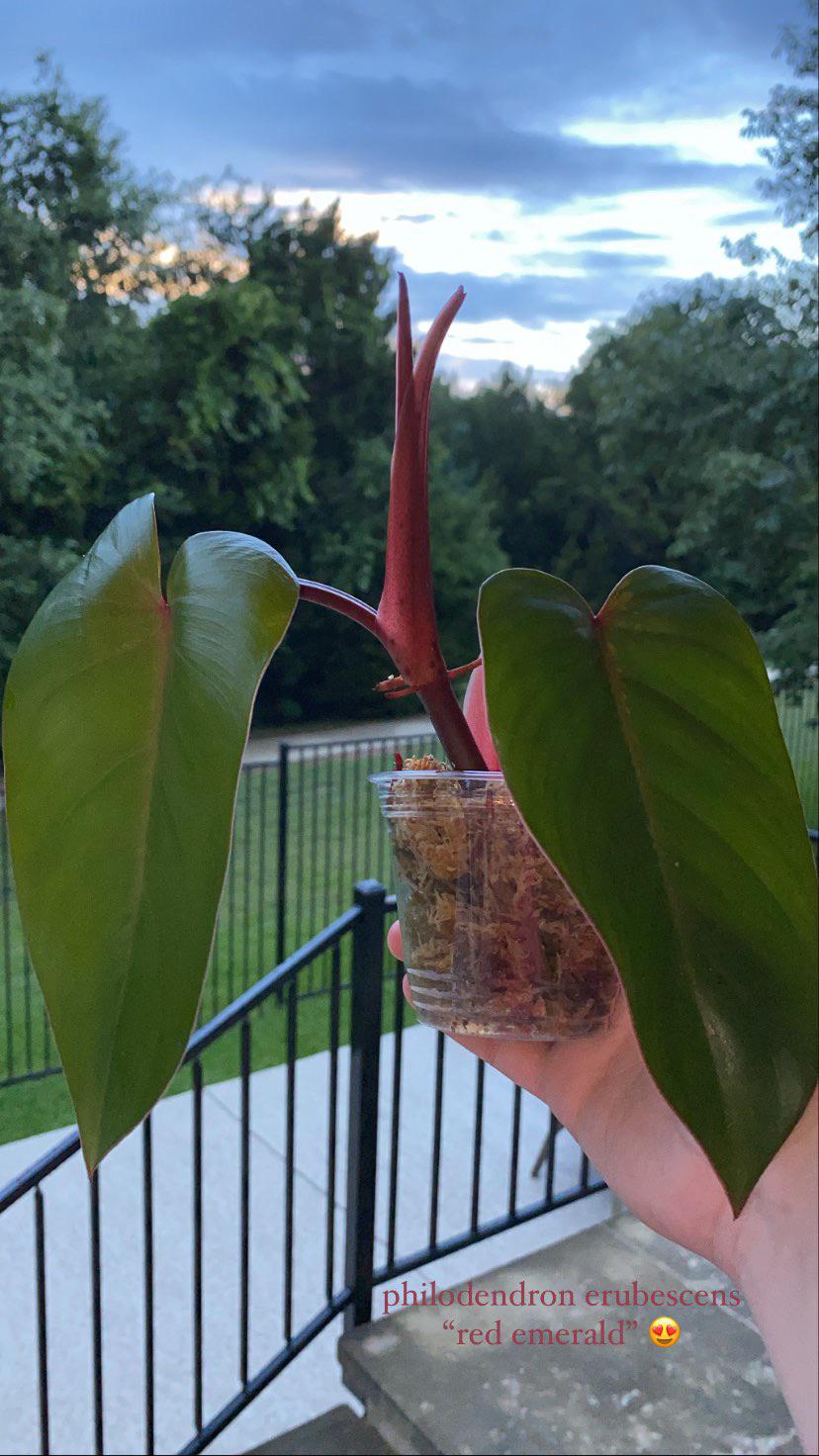
Welcome to our blog on the top 5 problems faced by plant owners of the Red Emerald Philodendron!
This stunning plant, known for its vibrant wine-colored stems and deep green, heart-shaped foliage, may be easy to grow, but that doesn't mean it's free from challenges. From overwatering to excessive light exposure, there are a number of factors that can impact the growth and health of your Red Emerald Philodendron.
In this blog, we'll explore the most common problems faced by plant owners and offer tips on how to overcome them.
1. Getting the Soil Quality Right
As with most plants, soil quality is one major factor that determines how well your red emerald philodendron will turn out. This is even more challenging because it is one of those things you have to get right from the onset. If your Philodendron plant is not planted in good quality soil, it may not grow at all or fail to reach its full potential no matter how much care and effort you invest into growing it.
Red emerald philodendrons need a fairly rich soil to thrive. In addition to having the basic essential nutrients, good drainage, and sufficient organic matter, getting the PH right is always a challenge for many pet parents. Most Philodendron plants will grow best in acidic soil with a PH ranging from 5.0 to 6.0. Red emerald has a more specific PH range of 5.5-5.6. Your soil should also be free of salt because this plant is sensitive to salt build-up which often leads to stunted growth and leaf browning.
2. Fertilizing Red Emerald Philodendron Correctly
Many plant parents have trouble finding the perfect balance of fertilization. Too much or too little and you have a distressed plant on your hands. Red emerald philodendron needs fertilizers that supply essential elements like sulfur, iron, zinc, calcium, magnesium, and iron.
Although the plant will not die off if it doesn’t get these nutrients, growth will be stunted without them. Fortunately, the fertilizer requirement for this plant is not over the top. Look for a fertilizer with a 3-1-2 ratio of nitrogen, potassium, and phosphorus. You should apply this fertilizer once a month during the growing season of the plant.
A quick search on Google or Etsy for a 3-1-2 fertilizer can come up with many results, just make sure you are checking for reviews before you buy!
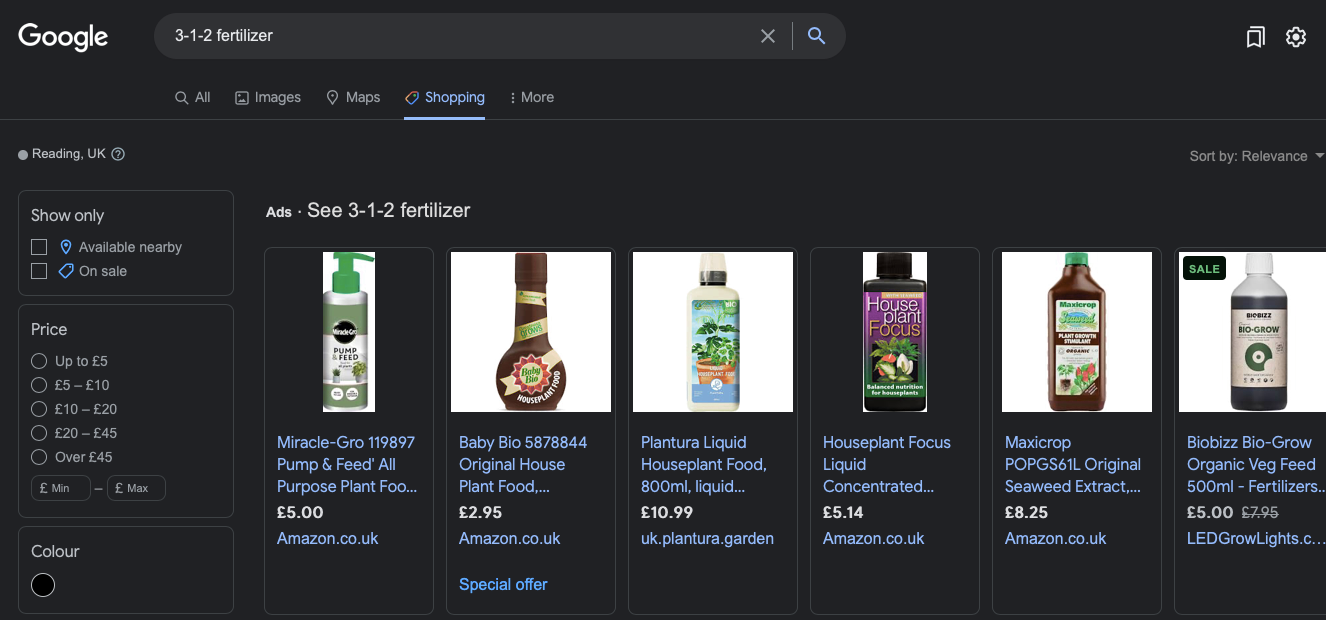
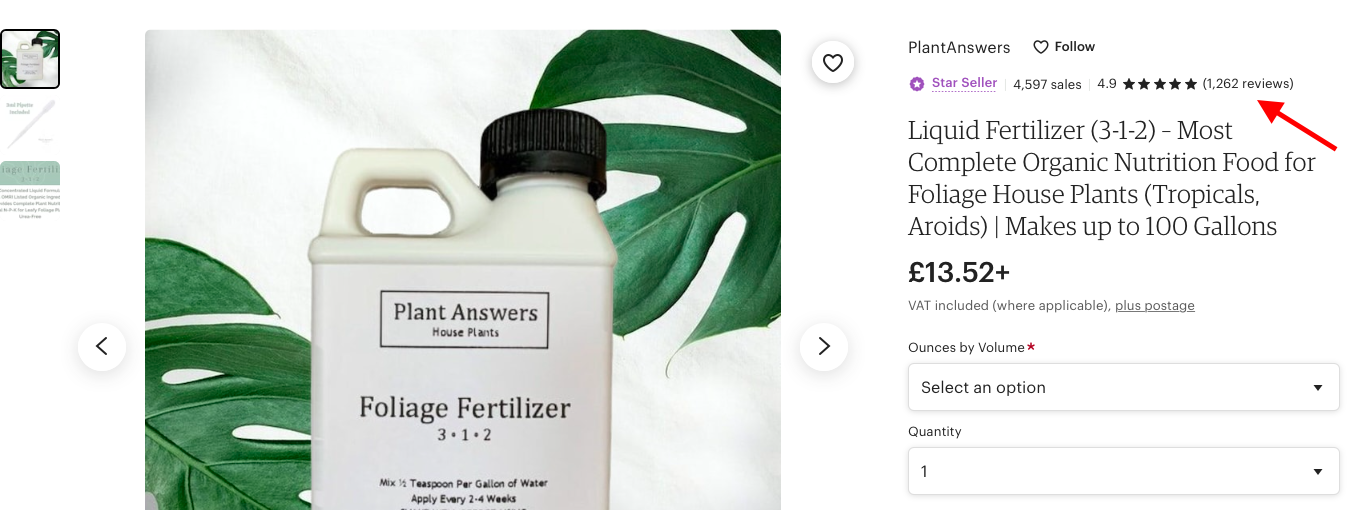
What is the 3-1-2 ratio in Fertilizers?
The 3-1-2 ratio refers to the relative amounts of nitrogen, phosphorus, and potassium (NPK) in a fertilizer. The three numbers represent the percentage of each nutrient by weight in the fertilizer. For example, a fertilizer with a 3-1-2 ratio contains 3% nitrogen, 1% phosphorus, and 2% potassium. This ratio may be expressed as 3-1-2-0, with the 0 representing the absence of other nutrients or fillers in the product.
Nitrogen is important for plant growth and development, including the production of chlorophyll and the plant's ability to make food.
Phosphorus supports the growth of new cells and tissue, and helps plants break down proteins for energy. It also aids in the development of buds and flowers in flowering plants.
Potassium helps regulate food, water, oxygen, and carbon dioxide in plants and makes them stronger. It also helps protect plants against pests, diseases, and adverse conditions.
I can't afford to buy Fertilizer's for my Philodendron, what options do I have?
It's understandable that some plant parents might not be in the right position to spend on Fertilizers at the moment. The good news is that there are cheaper options!
Using the water from steamed vegetables to water your plants can be a good way to recycle the nutrients from the vegetables and give them back to your plants. However, there are a few things to keep in mind when using this water on your plants:
- Make sure the water has cooled down before using it on your plants. Hot water can shock the roots and potentially harm the plants.
- Avoid using water that has come into contact with heavily salted, spicy, or acidic vegetables, as these can potentially harm the plants.
- Water your plants as you normally would, using the vegetable water in place of plain water. You may need to water more frequently, as the nutrients in the water can be used up quickly by the plants.
3. Poor Lighting Conditions
Getting the lighting right is another major challenge with growing the Red emerald plant, especially when you live in a part of the world with little sunlight. For many plant parents in this situation, the best option is to purchase grow lights.
Grow lights are artificial light sources that are used to provide the light spectrum and intensity that plants need for photosynthesis and growth.
Our last survey across 5,000 subscribers shows that many plant parents simply use 2700k-3000k LED bulbs that have a warm white appearance.
Huh, what's all this "2700k-3000k" jargon?
Don't worry, we'll explain!
The color temperature of a light source refers to the appearance of the light in terms of how "warm" or "cool" it looks. A warm white light has a color temperature of around 2700K-3000K, while a cool white light has a color temperature of around 4000K-5000K.
Warm white light has a yellow-orange appearance and is often used in residential and commercial settings to create a cozy and inviting atmosphere. It is also well-suited for use in plants, as it provides a spectrum of light that is similar to sunlight and is conducive to photosynthesis and vegetative growth.
3000K specifically refers to the color temperature of the light in degrees Kelvin (K). The lower the number, the warmer and more yellow-orange the light appears. A light with a color temperature of 3000K will have a warm white appearance, while a light with a color temperature of 2700K will have a slightly warmer appearance.
Overall, the term "3000K warm white" refers to a light with a warm white appearance and a color temperature of around 3000K. This type of light is often used in indoor lighting and plant lighting applications.
Most LED bulbs available today are full spectrum and are sufficient for plant growth (you can test this by reading the numbers on the LED bulbs in your house) As long as the LED bulb has a high enough wattage, you can achieve excellent growth with warmer color spectrums. The added bonus is that you get to save money on bulbs marketed specifically for growing.
But if you're feeling "rich" and would prefer to splurge on Grow lights, a quick google search can do the trick.
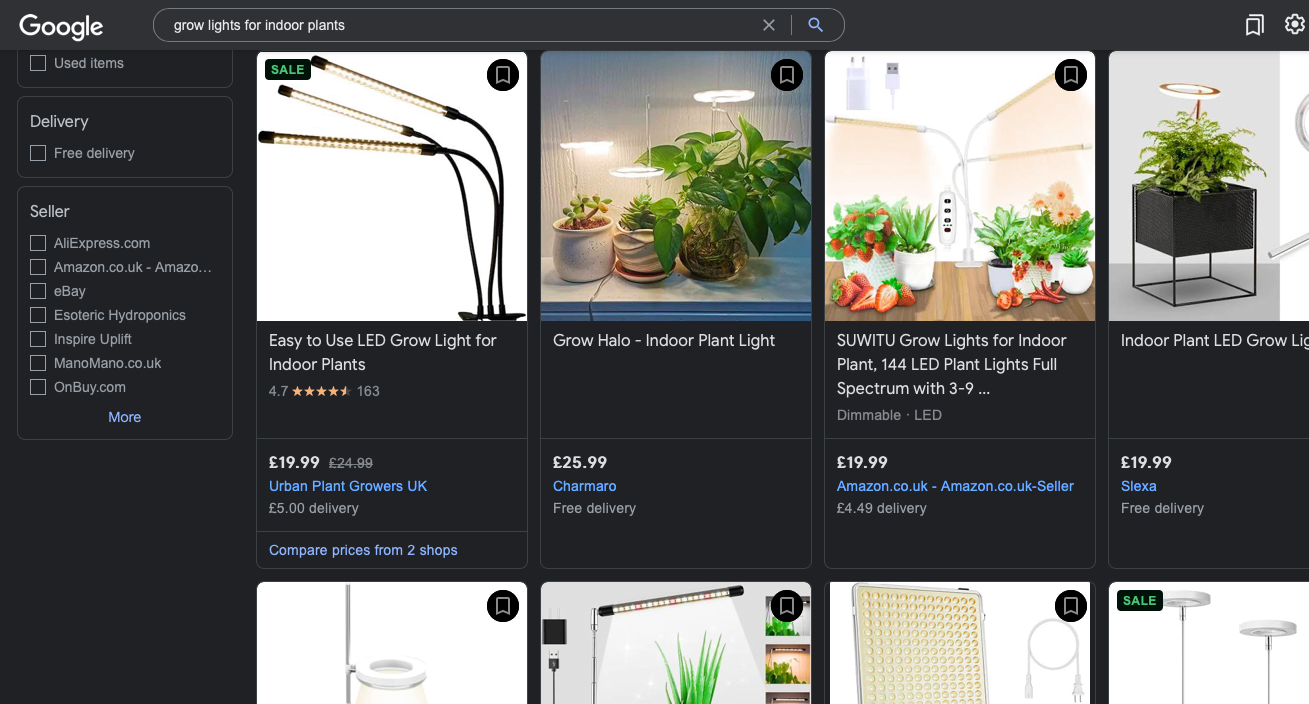
4. Watering & Humidity Requirements
When it comes to meeting the water and humidity requirements of your Red emerald philodendron, the challenge is finding the sweet spot between under-watering or overwatering the plant. Giving your red emerald too much or too little water will cause some amount of damage. If you under-water it, the leaves will become shriveled and weak.
Similarly, your red emerald philodendron will not grow well in waterlogged soil. You’ll suffocate the root and the plant may suffer from root rot. Either outcome will slow down the rate of growth of your plant.
Although you’ll find different watering schedules online, the best approach is to keep the soil moderately moist. So instead of watering once or twice a week as many would advise, you should test your plant each time to see if it needs water.
If you've got the cash to splurge, you can buy moisture meter to test the plant. A cheaper way is to simply dip your finger into the soil to see how moist it is. If the top inch is still wet, then there’s no need to water the plant just yet.
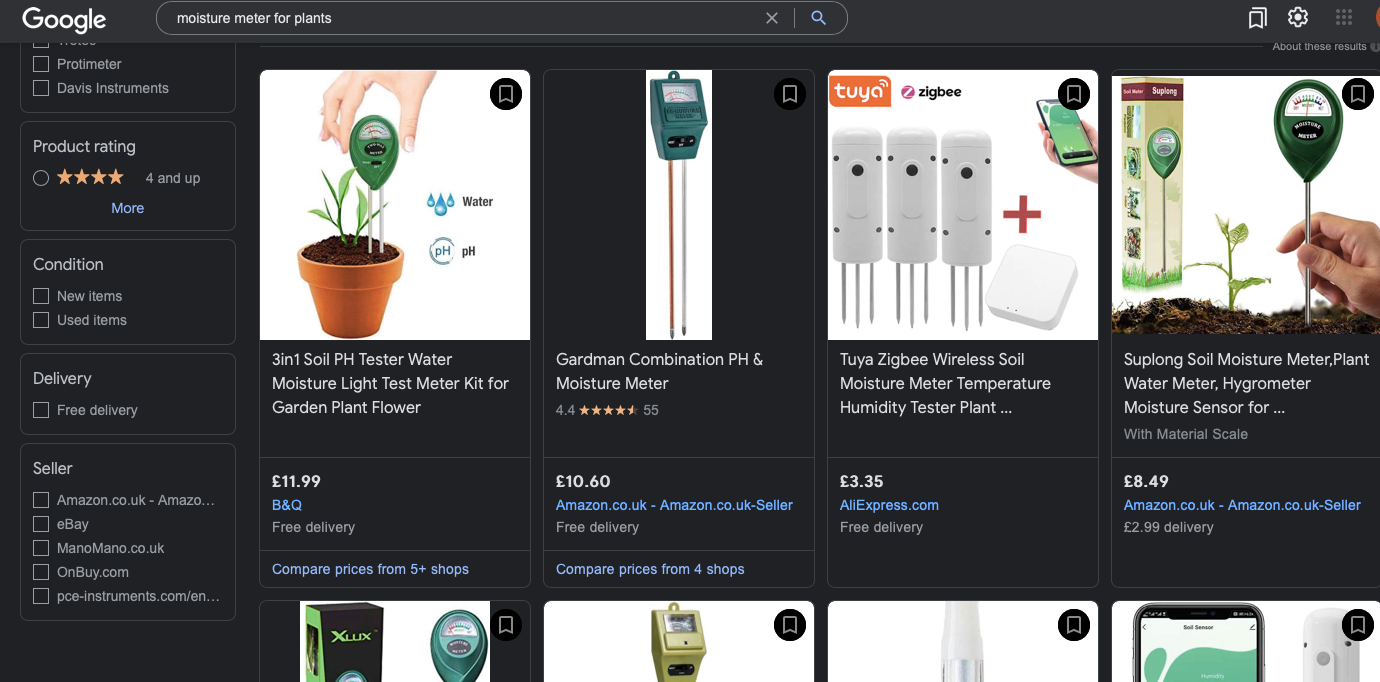
Then there’s the question of humidity. Generally, red emerald philodendrons will grow best in a high-humidity environment (between 65% to 80%). You will need to reduce or increase accordingly based on the humidity in your location.
Again, the pricey way to do this is to purchase a humidifier, there are various types online, some can even be controlled via your mobile device! The cheaper option is to keep the red emerald plant in the bathroom for an hour after your hot bath/shower, this way the plant can get some of that sweet moisture.
5. Continuous Repotting
One thing you should know about philodendrons is that they grow really fast. As such, many plant parents are hit with the realization that they may need to repot the plant pretty soon even though they only planted it recently.
Although your red emerald plant is unlikely to die from repotting, it will suffer from repotting stress each time you move it to a new pot. This means the growth will slow down for a while and the plant will drop some leaves.
So how do you avoid this? Knowing how fast the plant grows, the best approach would be to grow it in a large pot, to begin with. This way, you won’t have to repot the plant so often and your plant does not have to suffer stress frequently.
Conclusion
The truth is, there’s no single recipe to solve all the problems you’re likely to experience as a plant parent with a red emerald philodendron plant. It’s a good thing that the plant is resilient.
You’re allowed to make some mistakes as you learn your way to becoming a better plant parent. It’ll take a while to become an expert, but equipped with the basic knowledge you should be able to raise your red emerald plant successfully with little to no incidents.